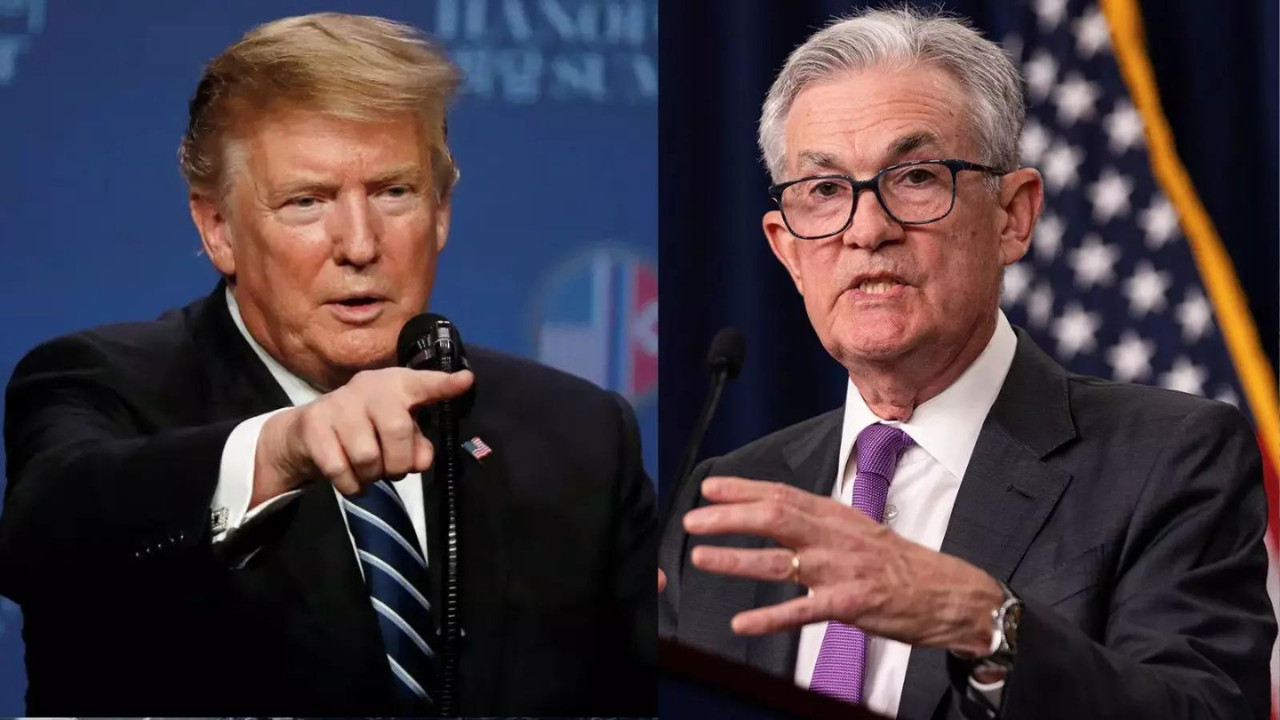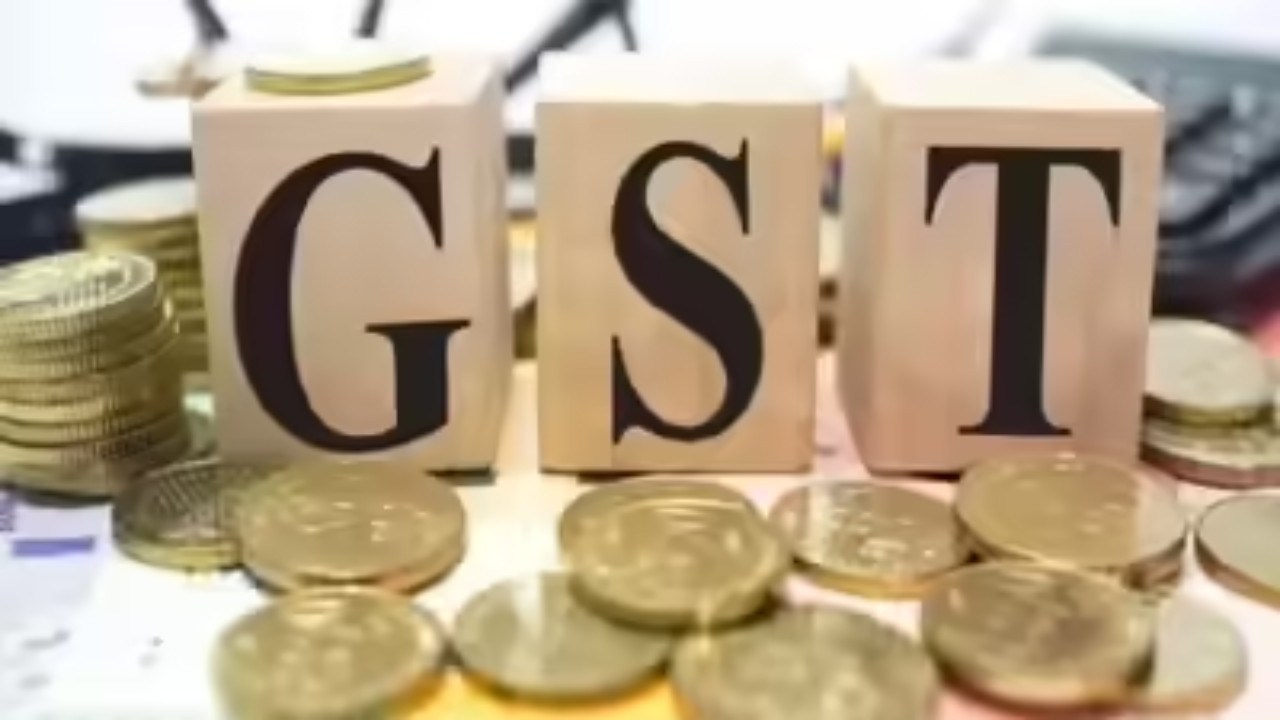US President Donald Trump intensified his criticism of the Federal Reserve after producer prices unexpectedly fell in August, fueling his demand for an immediate rate cut. He attacked Fed Chair Jerome Powell, calling him a ‘total disaster’ who doesn’t have a clue. The drop in wholesale prices has increased expectations that the Fed might cut interest rates next week.
Trump’s Fiery Words: Is a Fed Rate Cut Really the Answer to Economic Concerns?
Donald Trump is back in the headlines, and this time, he’s setting his sights on the Federal Reserve and its chairman, Jerome Powell. His recent pronouncements paint a vivid picture: he believes the US economy is being held back by unnecessarily high interest rates, labeling Powell’s performance a “total disaster.” But is a swift and significant Fed rate cut the magic bullet Trump suggests, or are there more complex factors at play?
Trump, never one to mince words, argues that the Fed’s current policies are stifling economic growth and putting the US at a disadvantage compared to other nations with lower interest rates. He points to the lack of significant inflation as evidence that the Fed is being overly cautious, perhaps even deliberately hindering the economy. This isn’t the first time Trump has publicly criticized the Fed; during his presidency, he frequently voiced his displeasure with Powell’s decisions, often urging for lower rates to stimulate growth.
But the economic landscape is far from simple. While inflation has cooled considerably from its peak in 2022, it’s still hovering above the Fed’s target of 2%. The Fed has been walking a tightrope, trying to bring inflation under control without triggering a recession. Raising interest rates is their primary tool for cooling down an overheated economy, but it also carries the risk of slowing down growth and potentially leading to job losses.
So, what’s the rationale behind Trump’s insistence on a Fed rate cut? His argument hinges on the belief that the current rates are unnecessarily high, given the relatively benign inflation environment. He suggests that lower rates would spur investment, boost consumer spending, and ultimately accelerate economic growth, making America more competitive on the global stage.

However, critics argue that slashing rates prematurely could reignite inflationary pressures. They contend that the Fed needs to remain vigilant and patient, ensuring that inflation is truly under control before easing monetary policy. A sudden drop in rates could also lead to asset bubbles, distorting the market and creating instability.
The Fed’s dilemma is further complicated by global economic factors. Geopolitical tensions, supply chain disruptions, and the economic performance of other major economies all play a role in shaping the US economic outlook. The Fed must carefully consider these external influences when making its decisions. It’s not just about domestic inflation and growth; it’s about understanding the interconnectedness of the global financial system.
The debate over a Fed rate cut raises fundamental questions about the role of monetary policy in managing the economy. Is it better to err on the side of caution, even if it means slower growth in the short term? Or should the Fed be more proactive in stimulating the economy, even if it risks a resurgence of inflation? There are valid arguments on both sides, and the optimal path forward is far from clear.
Ultimately, the Fed’s decision will depend on a careful analysis of the economic data, a weighing of the risks and benefits, and a consideration of the broader global context. It’s a complex balancing act that requires both expertise and sound judgment. See our piece on [inflation and its impact on small businesses](internal-link).
While Trump’s forceful opinions may grab headlines, the Fed’s decisions are driven by data and analysis, not political pressure. Whether a Fed rate cut is the right move remains to be seen, but the debate itself highlights the ongoing challenges of navigating the complexities of modern economic management. The future of the US economy hinges, in part, on getting this decision right. Only time will tell if the Fed will heed Trump’s call or chart its own course.







